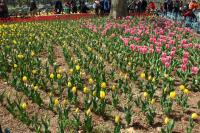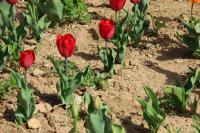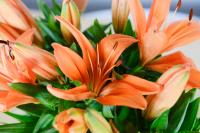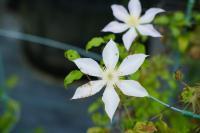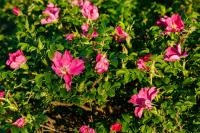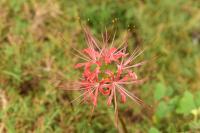1、 Is it poisonous
Peony is not poisonous. This plant is a common ornamental flower. It is very good whether it is raised in the garden or at home. Its flowers are relatively large and its color is very conspicuous. It is very good to match with peony. In addition, the petals of this plant have edible and medicinal value. They can be used to make flower porridge and flower tea, which can play the role of analgesia and dysmenorrhea.
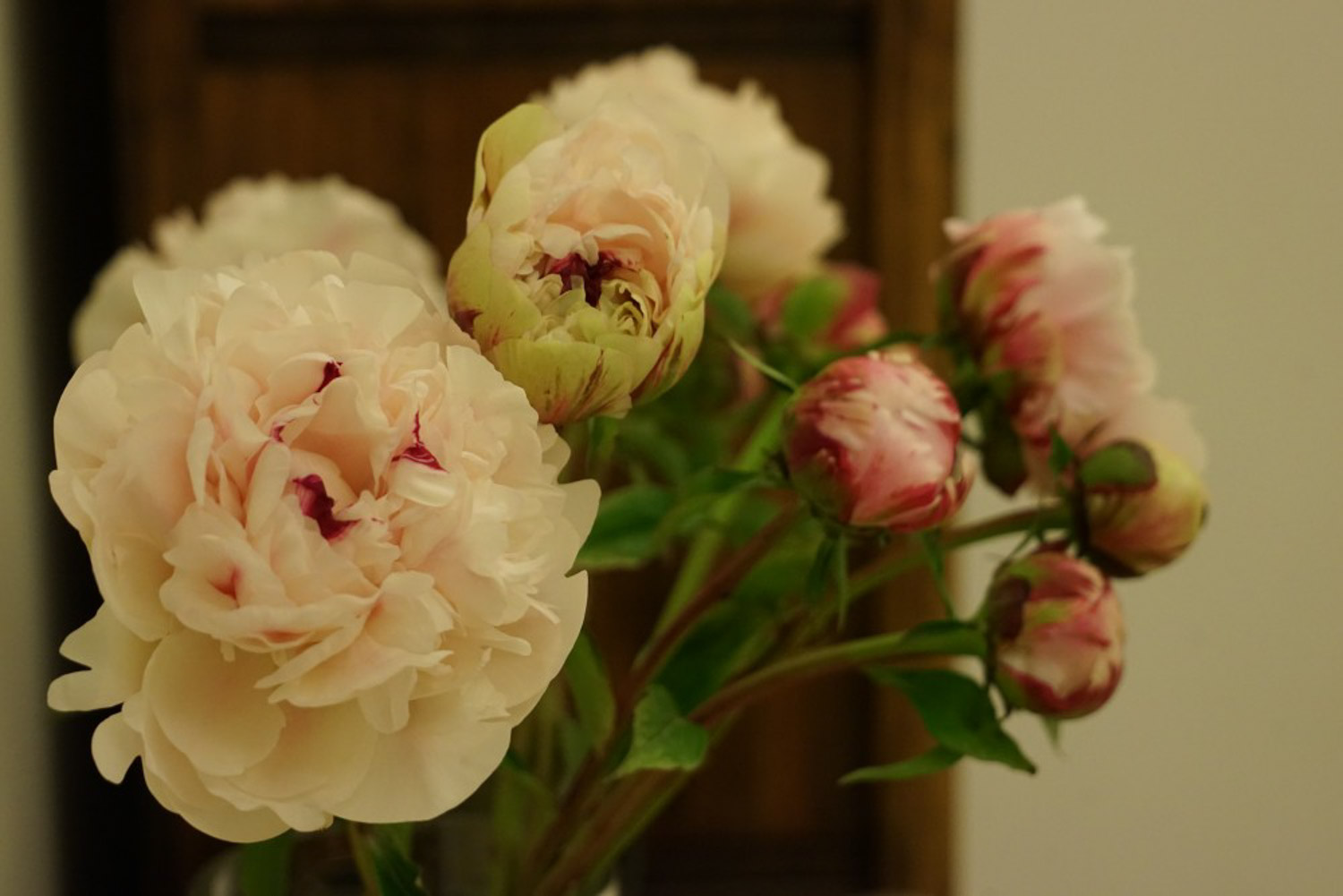
2、 Can I keep it indoors
Peony can be kept indoors. It has very good ornamental value and is a very good indoor ornament and decoration. However, because it likes light, in order to prevent the plant from growing in vain, it must be placed in a sunny place and let it fully accept the light, which is conducive to the growth and development of the plant, otherwise it will not bloom.
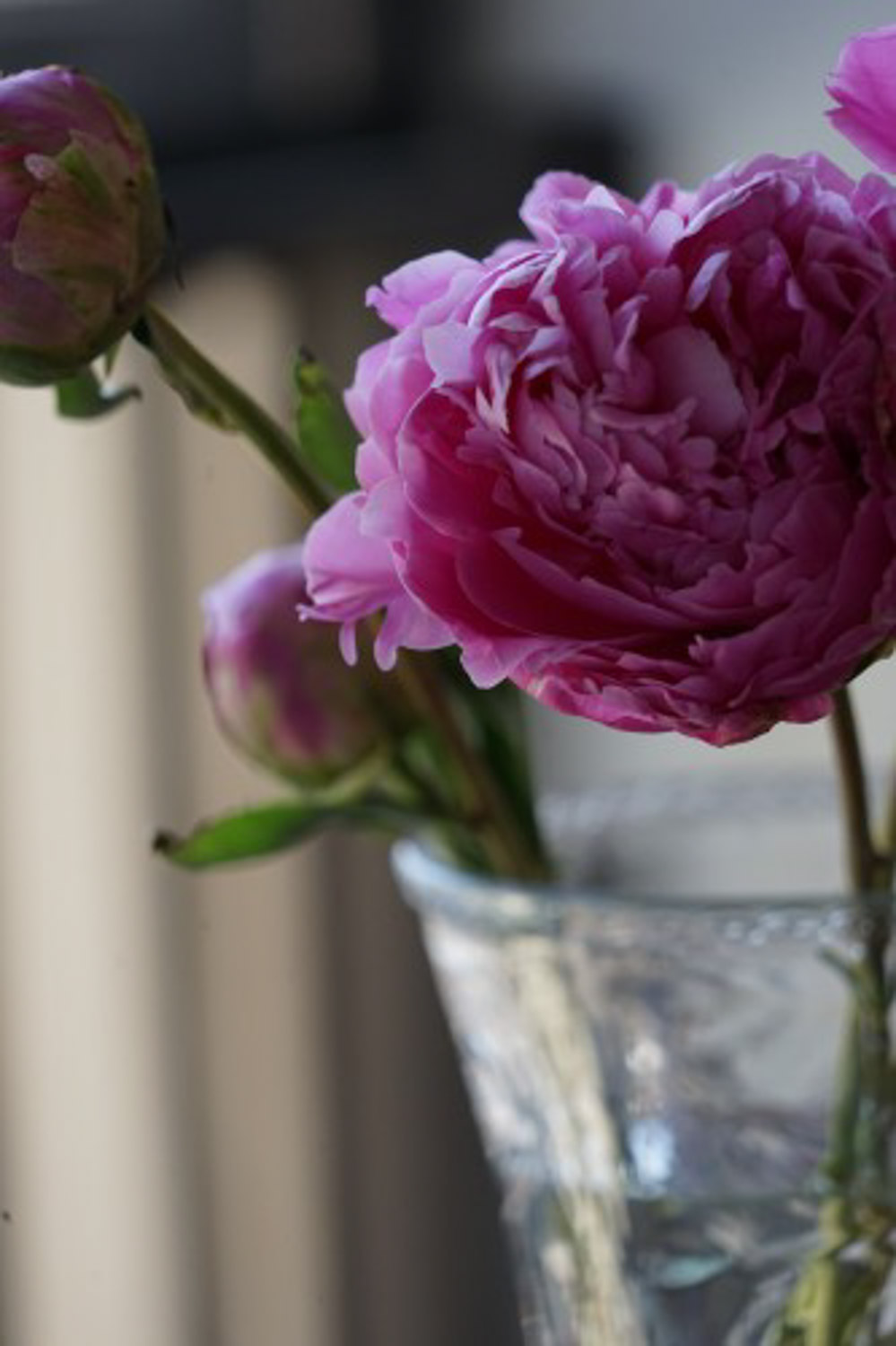
3、 How
1. Light: the growth of Paeonia lactiflora is inseparable from sufficient light. If the environment is too dark, the plants will develop poorly and the flower buds will not differentiate. Usually put the plant in a place with the sun, but avoid the hot sun in summer, otherwise the leaves are easy to be burned. It can receive light all day in other seasons, especially in winter.
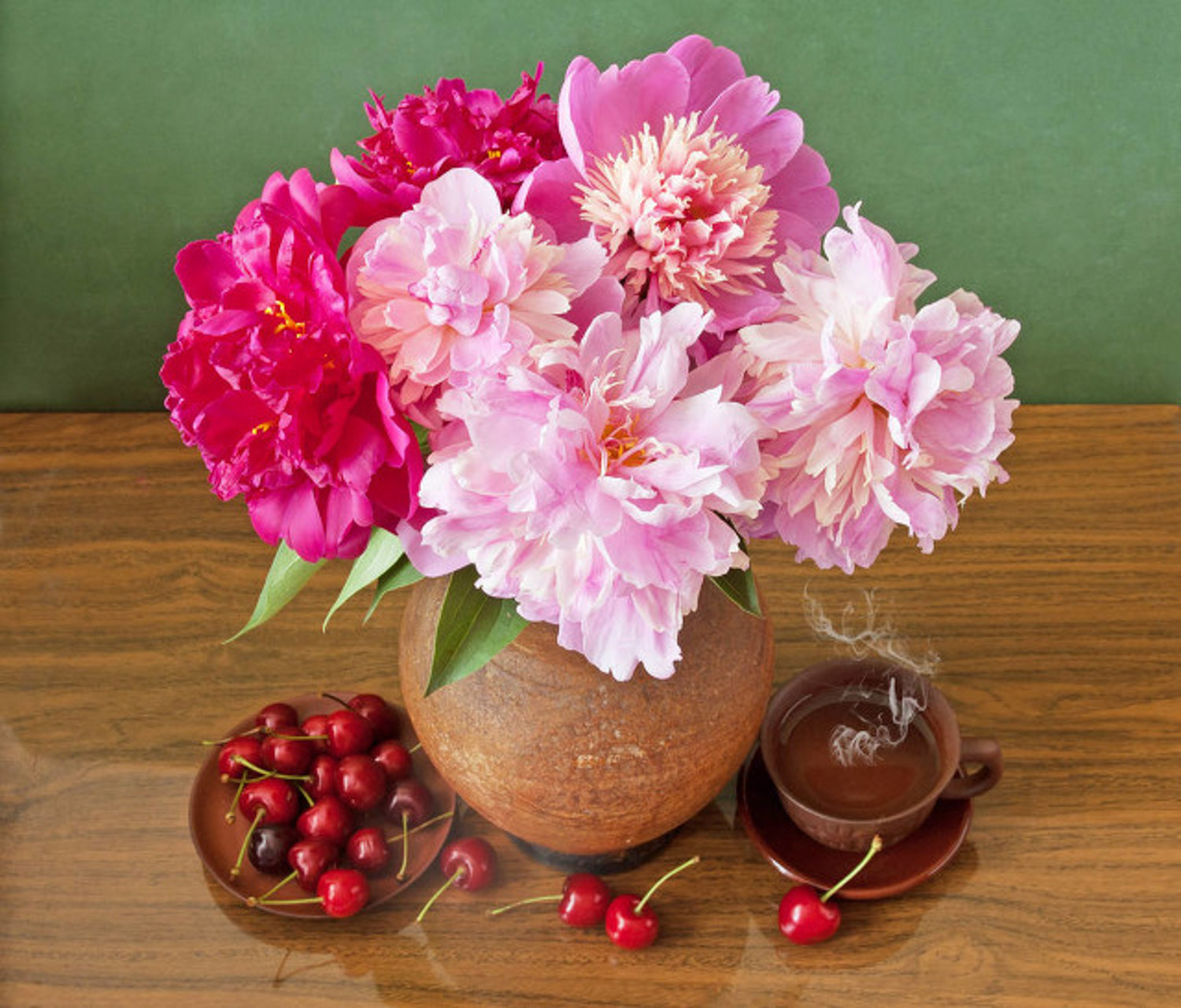
2. Soil: Peony likes loose and fertile soil. Good drainage is very helpful for root respiration. Generally, garden soil, river sand and rotten pine needles should be mixed in the proportion of 5:3:2. In order to increase its fertility, a little organic fertilizer can be added to the soil as the base fertilizer, which can also accelerate the growth and development of plants.
3. Watering: Paeonia lactiflora itself has certain drought resistance, and the demand for water is not great. Moreover, its fleshy root is afraid of being flooded. If it is watered more, it is easy to rot and die. Water volume shall be controlled during normal watering, and watering shall be carried out after the soil is dry.
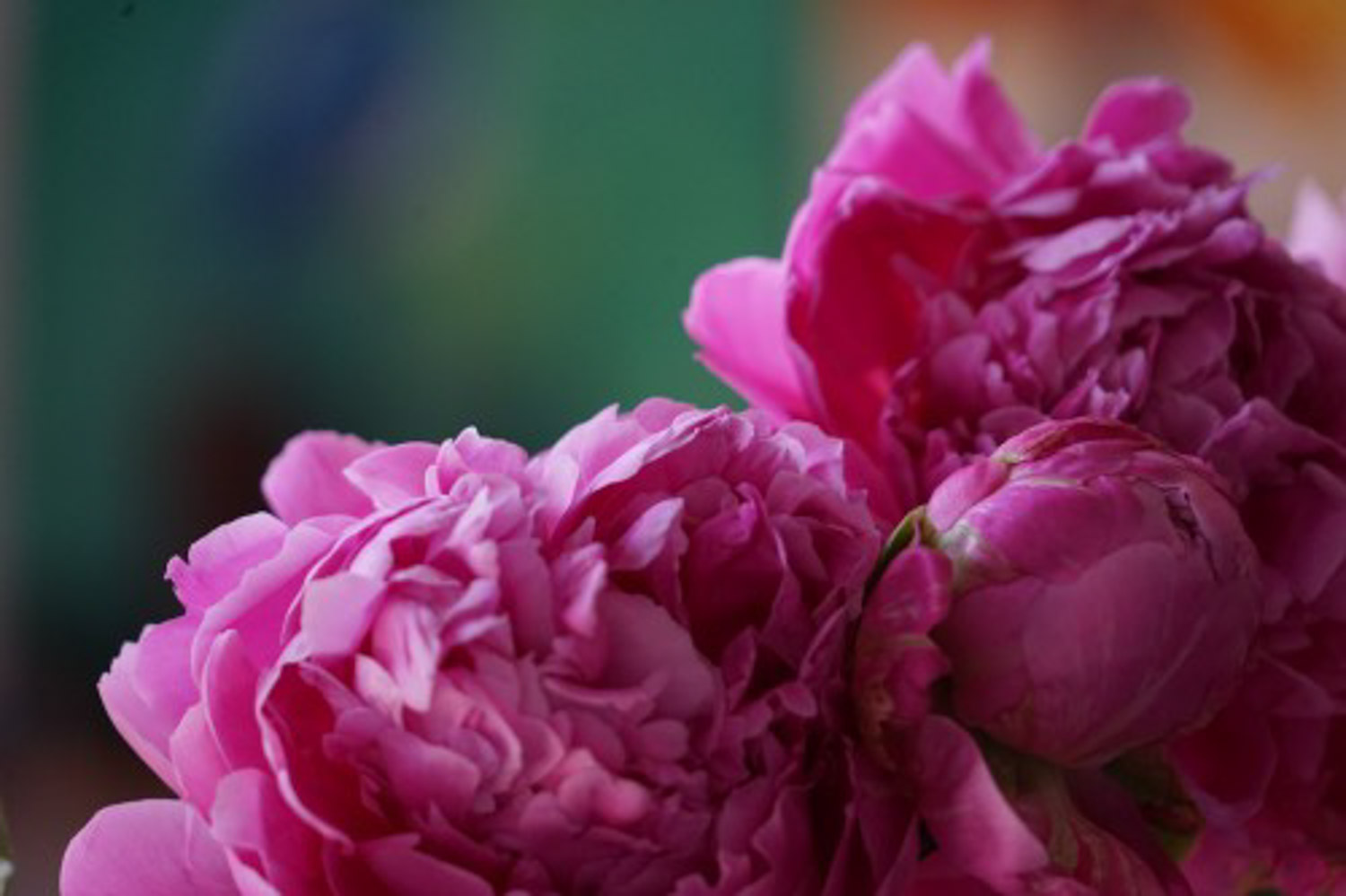
4. Fertilization: peony is generally applied three times a year. The first time is from late March to early April, the second time is in late April, and the third time is until November. Manure is generally used as fertilizer. If it is domesticated, you can use some compound fertilizer, but pay attention to the dosage, so as not to burn the root with thick fertilizer.

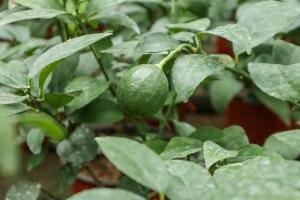 The efficacy and fun...
The efficacy and fun...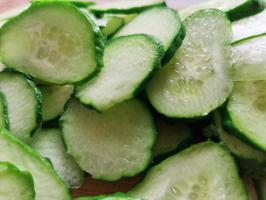 The efficacy and fun...
The efficacy and fun...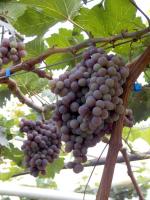 The benefits of eati...
The benefits of eati...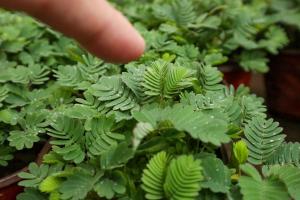 Why is Mimosa called...
Why is Mimosa called...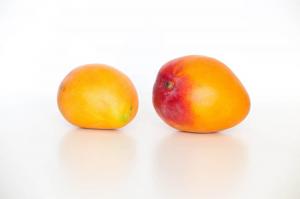 What can't mango be ...
What can't mango be ...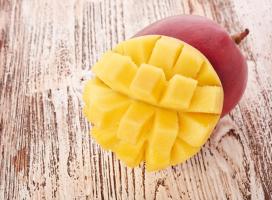 The efficacy and fun...
The efficacy and fun...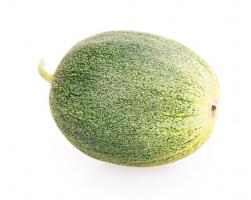 Is watermelon a frui...
Is watermelon a frui...



























